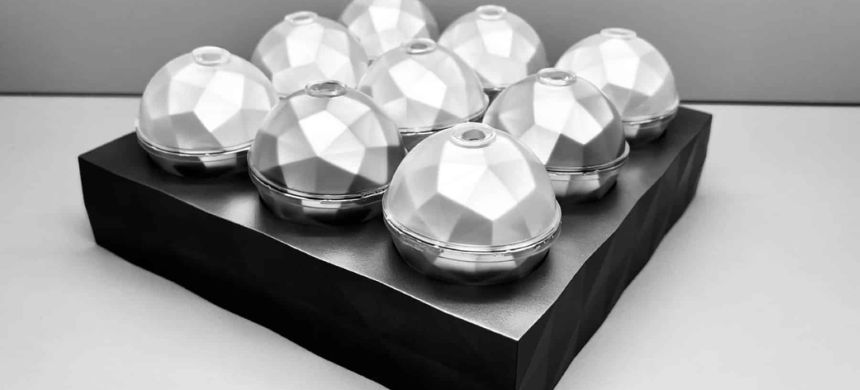For decades, solar panels have maintained a standard flat shape, designed to face the sun head-on. However, with the growing demand for renewable energy, Japan is challenging this norm. Tech company Kyosemi Corporation has unveiled Sphelar, a spherical solar cell that could revolutionize how solar power is harvested.
Rethinking Solar Design
Traditional panels were designed for labs with fixed lighting, but sunlight in nature is constantly shifting. This sparked Kyosemi founder Mr. Nakata to ask—why stick to flat panels when the sun moves? His team explored solutions in Japan’s JAMIC microgravity lab, creating perfectly round silicon cells using low-gravity crystallization, leading to Sphelar’s development.
Read more: Solar System Stolen from Former Cricketers Family Farmhouse
What Makes Sphelar Unique
Unlike flat panels, Sphelar captures light from every direction. It not only absorbs direct sunlight but also ambient and reflected light, providing consistent power all day without the need for trackers or tilt mechanisms.
The compact, sleek spheres can be integrated into urban settings—windows, buildings, or even devices like smartphones—blending design and function.
Efficiency and Material Use
With about 20% efficiency, Sphelar competes well with standard panels. It also cuts down on material waste by using molten silicon droplets, a cost-saving edge as silicon prices climb.
Current Challenges
The main challenge is scaling production. Manufacturing spherical cells with precise P-N junctions is complex and costly. Kyosemi is tackling this by pushing automation to lower expenses and boost output.
A Bold Shift in Solar Innovation
Sphelar introduces a radical new direction in solar tech, similar to Korea’s transparent panels. Instead of following the sun, these spheres embrace its full range of motion—offering a more flexible, decentralized future for clean energy.
Kyosemi’s innovation proves that progress often starts by rethinking what’s possible.











